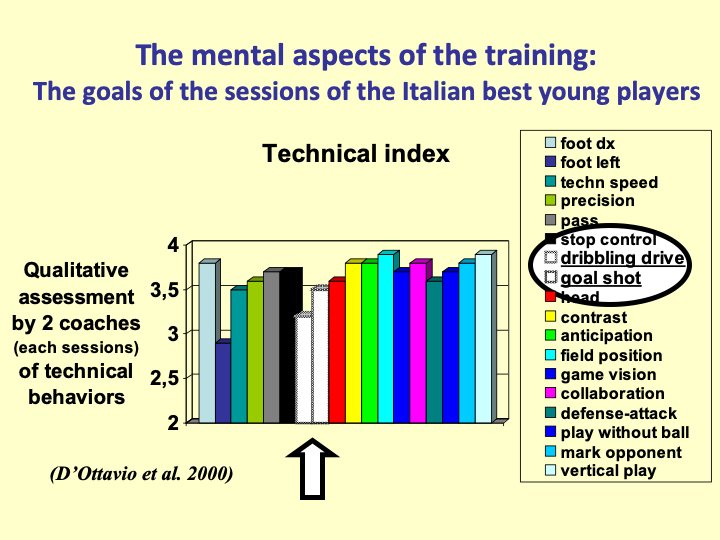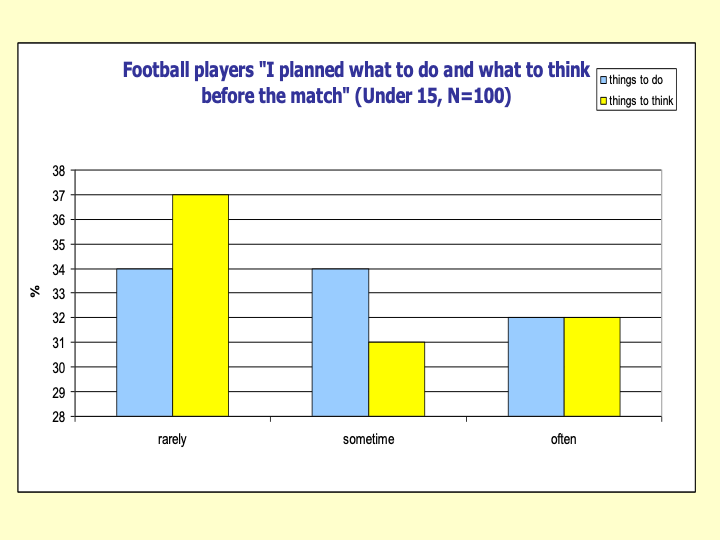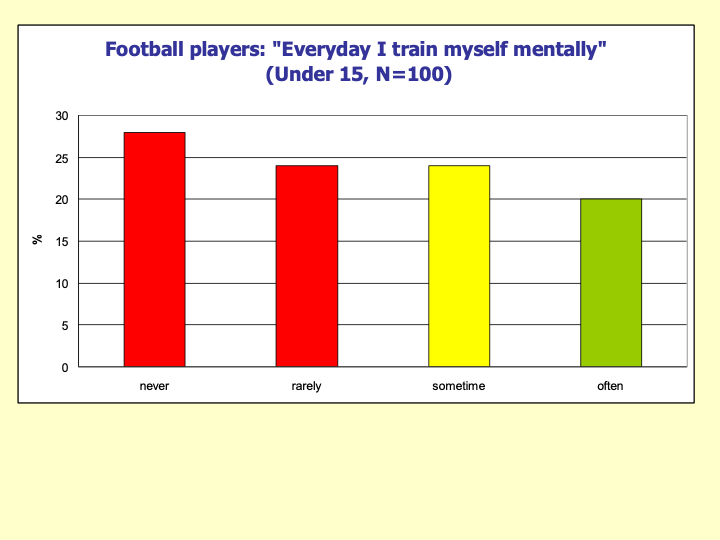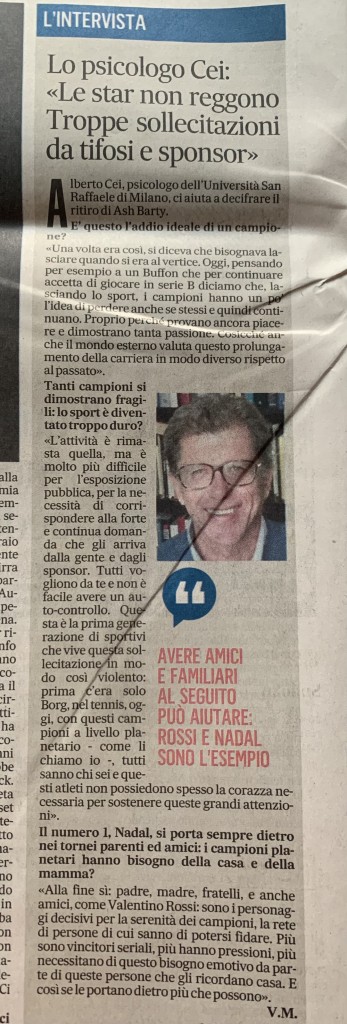Walking is one of the primary human activities. Today it is instead possible to live sitting down passing from one means to another. Therefore, a project that aims to promote walking becomes innovative and very necessary to promote the well-being of citizens.
There are several psychosocial aspects involved in the success of this idea; they concern the perception that citizens have of:
- how appreciable and rewarding it is to walk in their city,
- what motivations walking satisfies
- how much their overall well-being is enhanced.
- These three aspects should come to constitute a single integrated personal model, allowing one to move easily from the intention to walk (I want to do it) to the action (I am doing it).
Being aware of these three aspects and their interaction becomes, therefore, necessary for the success of this project on walking. Survey data showed that people appreciate walking in the city if:
- sees others walking to work or as an expression of physical activity,
- there are green, safe and aesthetically pleasing spaces,
- the streets are safe,
- pedestrian accidents are rare,
- there are schools where people walk,
- traffic is reduced.
In relation to individual motivations, it has been found that people are oriented to perform an activity that
- reduces daily stress and improves mood,
- improves the relationship with one’s own body,
- takes place in the open air
- can be done in company,
- respects individual rhythms and is moderately intense,
- is simple and accessible.
The third aspect of this approach concerns the promotion of one’s own well-being. This result derives from the interaction between the two aspects described, which refer to the criteria of walkability and motivation. When these meet, the individual shows a higher level of personal satisfaction, which provides him or her with a better perception of well-being.










